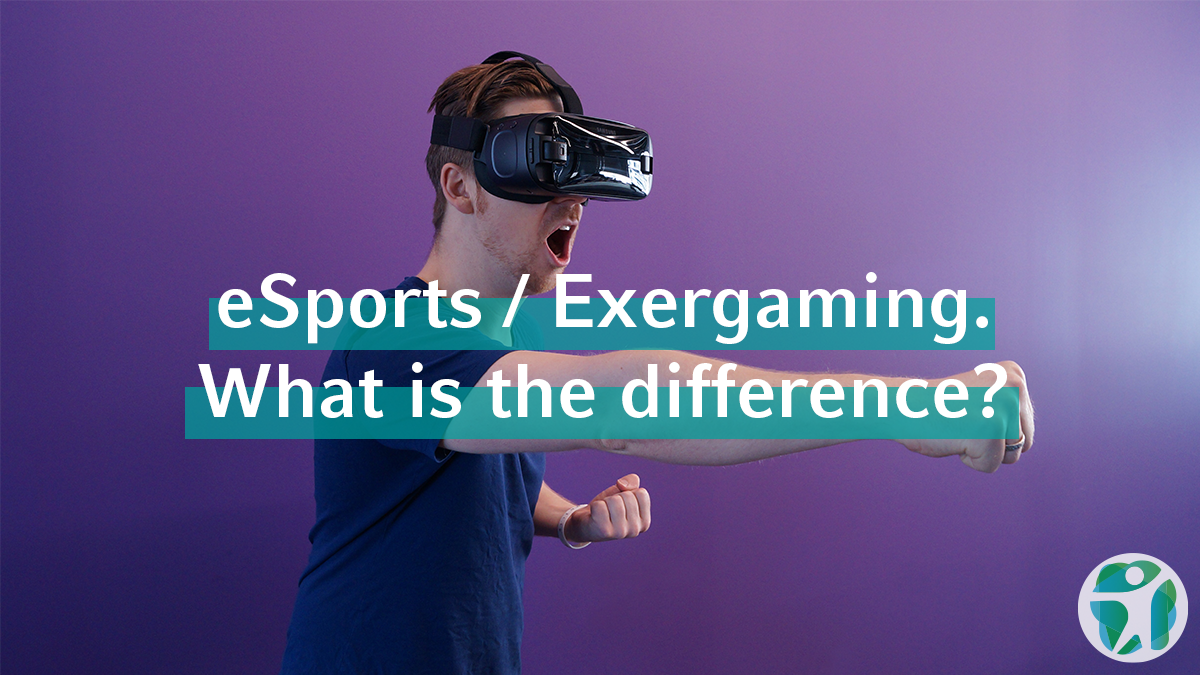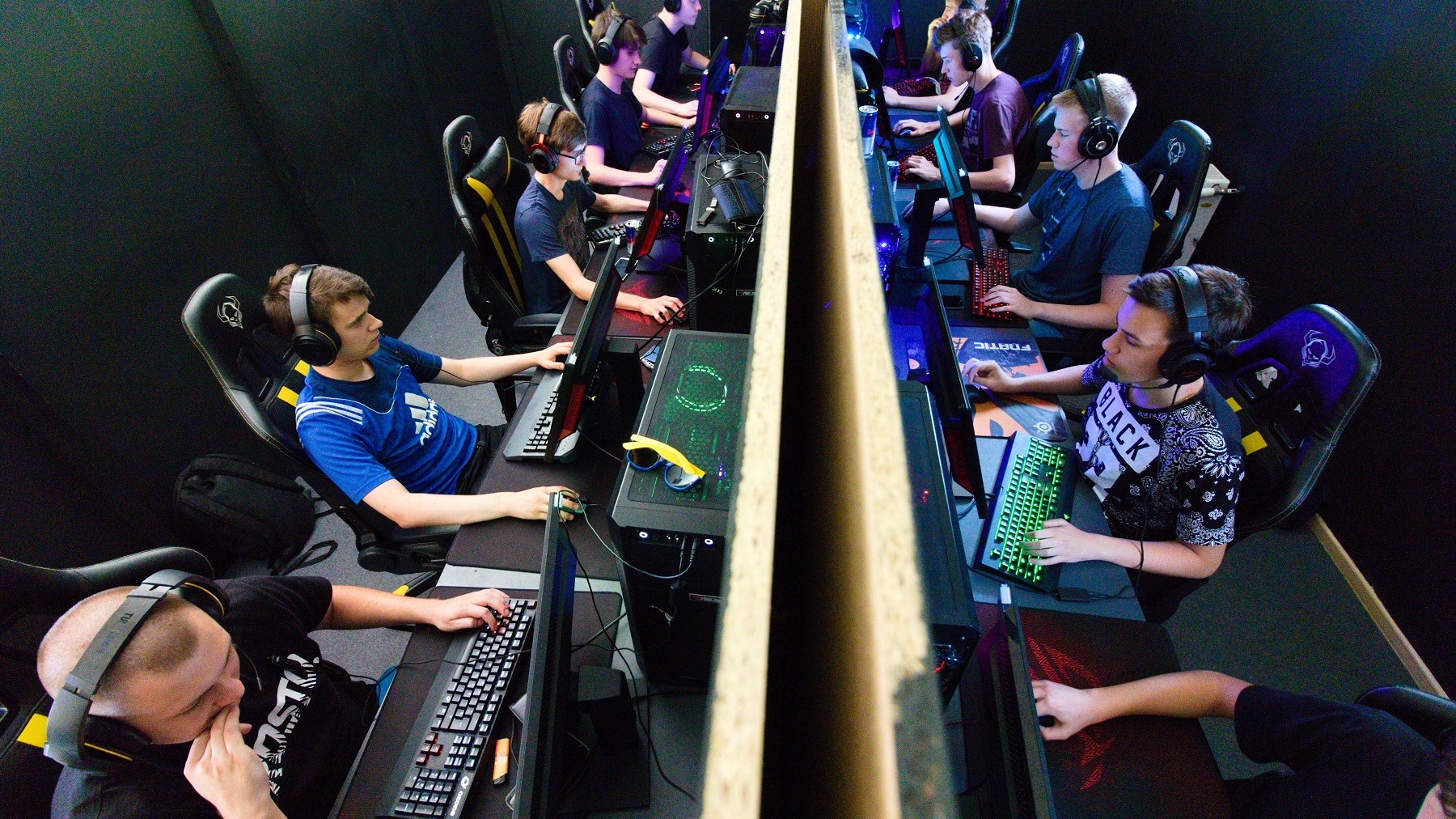- »
- »
The application areas of digitalization in sports and in the health system (prevention to cure) range from e- or m-Health over Virtual Reality and Exergaming on to Robotics or Exoskeletons. And they occupy all large organizations, leagues and – of course – politics. The World Health Organization (WHO), the German Olympic League (DOSB), the industry (eight groups in the industrial Health Economy (Gesundheitswirtschaft) have taken up positions in recent years on the various phenomena of digitalization in medicine or sports. Jens Spahn, the German Federal Minister of Health, just presented his “Digital Care Law” to parliament. The law will in future regulate, among other things, individual health apps as insurance coverage services: they can be prescribed by doctors at the expense of insurance companies.

In this article, the first in the series Digitalization in Sports and Medicine, will concentrate on two terms, which have been discussed in recent years, especially sports. It will explain the terms and provide a brief insight into the current discussions: eSport and Exergaming.
eSport : Is a virtual game sport?
The phenomenon eSport especially has given rise in the last two to three years to a great deal of discussion in sports. On the one hand, it is becoming increasingly popular - eSport now fills entire halls with enthusiastic audiences. On the other hand, it is viewed critically in light of the increasing inactivity of people with the attendant risks for various illnesses.
Then should eSport be considered sport?
The eSport Bund Deutschland e.V. (ESBD), the main association of organized eSports, has itself defined eSport since October 2018 as follows
“eSport is the direct competition between human players using appropriate video and computer games in various equipment and on digital platforms under set rules. The comparison of sports performance in eSport is determined by the interaction of targeted operating of the entering unit in direct reaction to the presented game action with concomitant tactical mastery of the overall game procedure. The reference object of the sports activity are videogames which, in their construction and mode of action, meet the requirements of sports performance determination that game success is not left to random chance and offers a game framework in which to compare the performance between the players.“

Or other words: It’s about virtual games - and in computers or on video consoles And: It’s about competition.
Playing and watching others at (professional) computer or videogames has long reached similar popularity as regular types of sports like soccer or basketball. Moreover there are teams, clubs, leagues and cups, and large sums to be won as prizes. Another aspect is also similar: eSport can be commercialized. The lucrative business feeds especially on money from sponsors, transmission rights and advertising, tickets and merchandise and of course the companies that develop and sell the video and computer games.
40 million players took part in the last World Championship of the Video Game Fortnite, in which the players had to complete tasks alone or as a team to save a virtual world. In the finals, the best Fortnite players in the world faced off from July 26 to 28, 2019 in the Arthur Ashe Stadium in New York City before 19,000 fans. The 16-year-old US-American player with the stage-name Bugha became The World Champion and won $3 Million.
But is eSport, really sport, even if leagues, teams and competitions per se are similar to the structures of organized sports?
The eSport Bund Deutschland e.V. (ESBD) and many eSport players have claimed this for several years. Mentioned in the coalition contract (Koalitionsvertrag) of the CDU, CSU and SPD (2018, p.48), the topic became an issue of party-political and sports-political decisions. The coalition thereby recognized the growing importance of eSports and promised support of recognition as an actual types of sports with rights for clubs and leagues and an Olympic perspective.
The German Deutsche Olympische Sportbund (DOSB) reacted in its position paper in December 2018 and writes, “that eGaming as a whole does not meet the central criteria for inclusion which constitute and characterize the Sports and League System governed by the DOSB.” In addition to other points of criticism, it is noted that a central core of importance in sports is missing from virtual sports: namely individual motor movements which definitively determine the type of sports.
The Deutsche Vereinigung für Sportwissenschaft (dvs), too, as a scientific society, recommends differentiated research into the topic eSports, but in its position paper in August 2019, it rejects structural inclusion under the auspices of the dvs (for example in the form of a section or a commission).
The discussion will undoubtedly be continued and the phenomenon further examined by scientists in the coming years.
Meanwhile, there are preliminary studies addressing, for example, the visuomotoric capabilities and skills of eSport participants and examine whether particularly skilled eSport participants possibly also perform better in regular types of sports – whether skills in the computer, the digital world, can be transferred to the field, to the analog world. No results are yet available.
Exergaming: Why this differs from eSport
The topic of Exergaming is discussed completely differently - and much less controversially and heatedly. But it is important to know: eSport and Exergaming are totally different phenomena.
While eSport (thus far) is usually played sitting in front of the computer or the video console and thus rather neglects the aspect of one’s own movement (beyond the fine motorics) Exergaming is just that: movement.
Exergame is a neologism. As the mixing of “Exercises and Gaming“, it has playfully challenged players to physical exercise since the 1980s. A popular example is the videogame Nintendo Wii from 2006. The player had a control – similar to a remote control – in the hand. Movements, such as in virtual tennis, are registered by installed movement sensors and transmitted to the game on the screen. To play the video game requires real sports activity in the form of activation of larger muscle groups.
Meanwhile there are various Exergames (sometimes in combination with Virtual Reality) on the commercial market. In the currently especially popular game “BeatSaber” the players wears goggles through which they are immersed in a virtual world. There, they have to destroy approaching blocks with laser swords and avoid obstacles (take a look at the game in this Video).
But the health sector and science have also recognized the new possibilities of Exergames. They have long been part of innovative therapies, especially in rehabilitation. Then, where movement is only possible to a limited degree, movement games can be used in a very targeted way. Strength and endurance, coordination and balance can be trained in Exergames (e.g. here). Thus, the first studies have been performed on the positive effects of Exergaming in neurological diseases like Morbus Parkinson (here) and Multiple Sclerosis (here). Studies on the positive effects of Exergames to prevent falls and to promote cognitive functions in seniors are increasing (here).
Sports, Medicine and Health Summit 2021
Study results, chances, risks and experience in practice on the topic “Digitalization in Sports and Medicine” will be addressed in April 2021 at the interdisciplinary Sports, Medicine and Health Summit.
Moreover, experts from various disciplines are invited who will discuss the phenomenon eSports from a variety perspectives. .
The latest trends in the economy, like new Activity Trackers, Apps, Smart Clothes and Virtual Reality Exergames and their possible applications for sport clubs, athletes, trainers, physicians, physiotherapists and health professionals will be presented at this professional fair.
The article was written by: Laura L. Bischoff